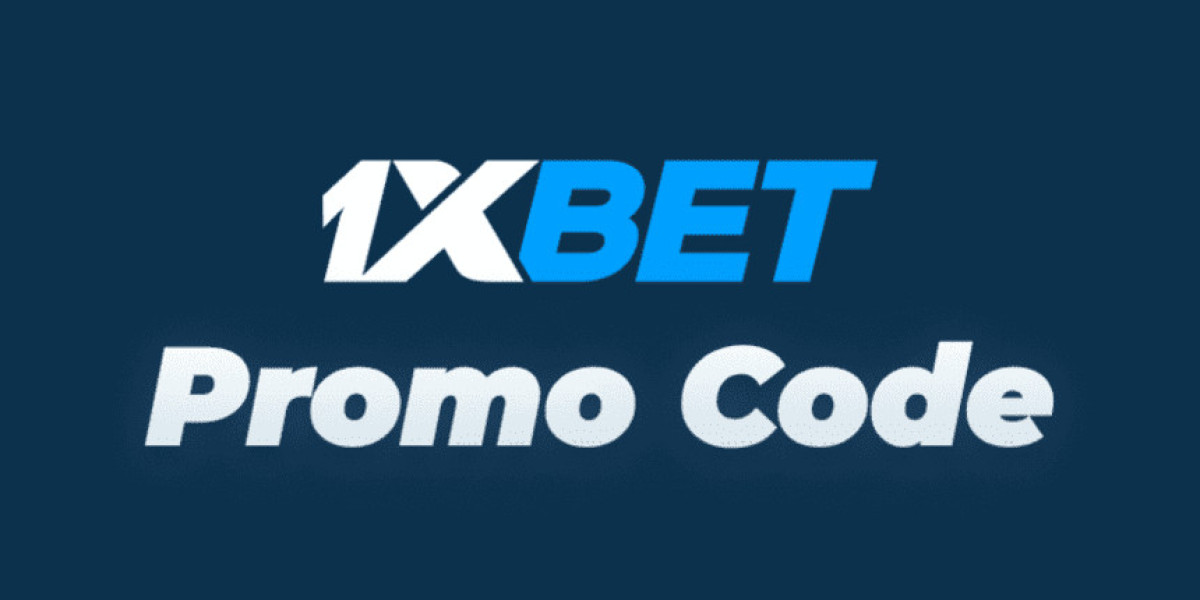1. Identify What You Want to Sell
Before you source products, you need to decide what kind of products you want to offer.
Ask yourself:
What niche am I targeting?
Is there demand for these products?
Who is my target audience?
Are these products easy to ship and store?
Tip: Use tools like Google Trends, Amazon Best Sellers, or Shopify’s Trending Products list to get ideas.
2. Understand Your Product Sourcing Options
There are several ways to source products. Here are the most common:
a) Make Your Own Products
Best for: Handmade, custom, or unique items
If you're creative and have the skills, you can make your own products — like jewelry, candles, baked goods, or art.
Pros:
Full control over quality and design
Great for building a unique brand
Cons:
Time-consuming
Limited ability to scale
b) Work With a Manufacturer
Best for: Creating custom-branded products at scale
You can hire a manufacturer to produce your products, especially if you want to launch a unique item or private label product.
Pros:
Customization options
Potential for bulk savings
Cons:
Requires large upfront investment
Needs quality control and reliable communication
Where to find manufacturers:
Alibaba
IndiaMART
ThomasNet
Local trade shows or B2B directories
c) Wholesale Suppliers
Best for: Buying products in bulk and reselling them
You can purchase ready-made products at a discount from wholesalers and sell them online at a profit.
Pros:
No need to create products
Potential for high margins
Cons:
Inventory management required
Upfront cost for stock
Popular wholesale platforms:
SaleHoo
Worldwide Brands
DHgate
Faire (for boutique products)
d) Dropshipping
Best for: New sellers with limited capital
With dropshipping, you don’t keep any products in stock. Instead, you list products from a supplier, and they ship them directly to your customer when a sale is made.
Pros:
Low startup cost
No inventory or warehouse needed
Cons:
Lower profit margins
Less control over product quality and shipping speed
Popular dropshipping platforms:
AliExpress
Oberlo (Shopify plugin)
Spocket
Printful (for custom print-on-demand)
e) Local Sourcing and Craft Markets
Best for: Unique, local, or artisan products
You can find products at local markets, artisan fairs, or work with small local businesses.
Pros:
Supports local makers
Often high-quality and unique products
Cons:
May be more expensive
Limited scalability
3. Validate the Product and Supplier
Before you start selling, make sure the product is a good fit.
Check for:
Product quality (order samples if possible)
Supplier reliability (read reviews or check ratings)
Shipping time and return policies
Profit margins after all expenses
Tip: Always test before you invest big. You don’t want to spend hundreds of dollars on products that won’t sell or suppliers who don’t deliver.
4. Consider White Label or Private Label Products
If you want to build your brand, white labeling or private labeling allows you to put your brand name on generic products made by a manufacturer.
Example: Buying skincare cream from a lab and adding your own packaging and logo.
Platforms for private label products:
Alibaba
Printful (for apparel or accessories)
Apliiq
Dropified Private Label on Demand
5. Stay Organized and Track Everything
Once you’ve found the right product source, keep your operations organized.
Use tools like:
Shopify or WooCommerce for your store
Google Sheets or Airtable for inventory tracking
Trello or Notion to manage suppliers and tasks
Accounting tools like QuickBooks or Zoho Books
Final Thoughts
Sourcing products may seem overwhelming at first, but once you understand your options, it becomes much easier. Start by choosing the best model for your business, research your suppliers carefully, and test before scaling.
Important Links
Bayshore Road Condo Projects Details
Tips for First-Time Home Buyers in the Real Estate Market
Tips for Staging Your Home to Sell Quickly
Tips for Buying a House in a Seller’s Market
How to Buy a House with No Money Down: Smart Strategies for First-Time Buyers
How to Start Investing in Real Estate With Little Money
Bayshore Road Condo Projects Details
Bayshore Road Condo Projects Details






